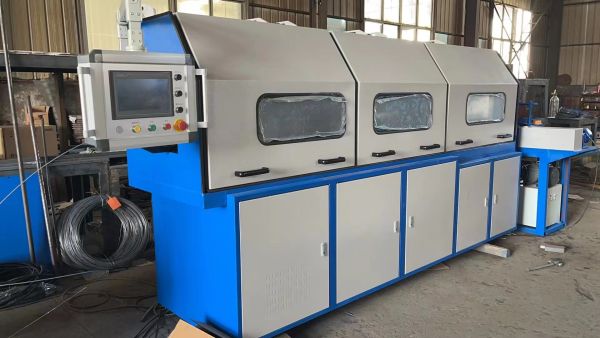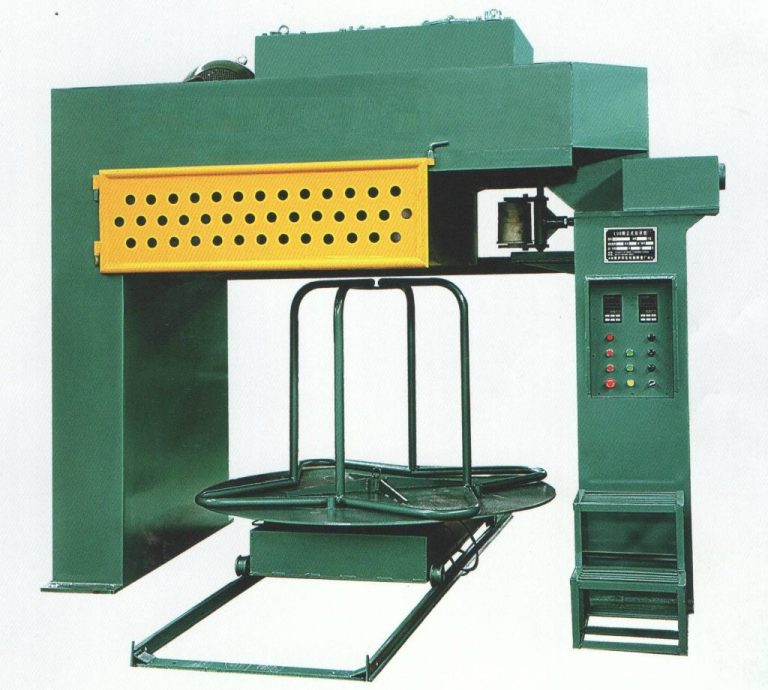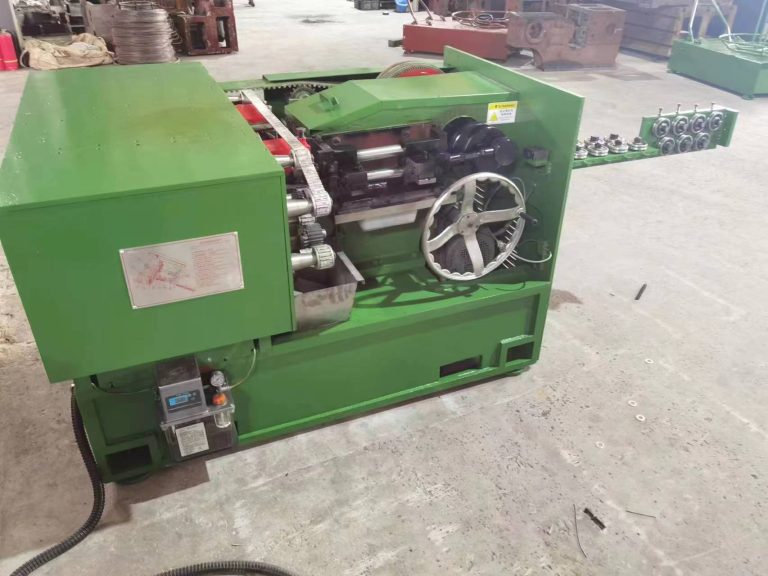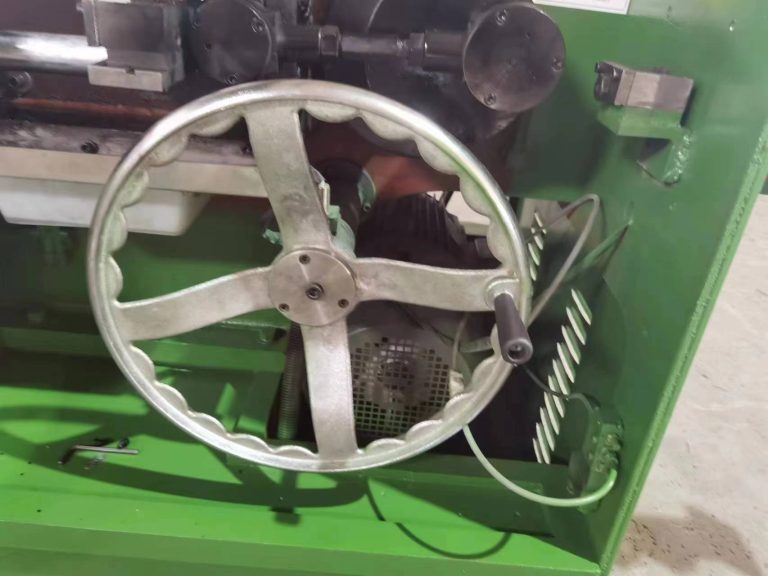Table of Contents
Benefits of Using a Wire Straightening Machine
Wire straightening is a crucial process in the manufacturing industry, especially in sectors that heavily rely on wires for various applications. From construction to automotive, wires play a vital role in ensuring the smooth functioning of different systems. However, wires are often delivered in coils, which can lead to them being bent or twisted. This can cause issues during the manufacturing process, leading to inefficiencies and defects in the final product.
One way to address this issue is by using a wire straightening machine. These machines are designed to straighten wires quickly and efficiently, ensuring that they are in the optimal condition for use in various applications. There are several benefits to using a wire straightening machine, which we will explore in this article.
First and foremost, using a wire straightening machine can help improve the overall quality of the final product. When wires are bent or twisted, they may not fit properly into the intended components, leading to issues with the functionality of the system. By straightening the wires before use, manufacturers can ensure that they meet the required specifications and standards, resulting in a higher-quality product.
Additionally, wire straightening machines can help increase productivity in the manufacturing process. Straightening wires manually can be a time-consuming and labor-intensive task, requiring skilled workers to ensure that the wires are straightened properly. By using a wire straightening machine, manufacturers can automate this process, allowing them to straighten wires quickly and efficiently, saving time and resources.
Furthermore, wire straightening machines can help reduce waste in the manufacturing process. When wires are bent or twisted, they may need to be discarded, leading to unnecessary waste and increased costs. By straightening wires before use, manufacturers can ensure that they are able to use all of the materials they have purchased, reducing waste and improving efficiency.
Another benefit of using a wire straightening machine is that it can help improve worker safety. Straightening wires manually can be a hazardous task, as workers may be at risk of injury from handling sharp or heavy wires. By using a wire straightening machine, manufacturers can reduce the risk of injury to their workers, creating a safer working environment for everyone involved.
In conclusion, wire straightening machines offer a wide range of benefits for manufacturers in various industries. From improving product quality to increasing productivity and reducing waste, these machines can help streamline the manufacturing process and ensure that wires are in optimal condition for use. Additionally, using a wire straightening machine can help improve worker safety, creating a safer working environment for all employees. Overall, investing in a wire straightening machine can be a wise decision for manufacturers looking to improve efficiency and quality in their production processes.
Common Wire Straightening Techniques
Wire straightening is a crucial process in the manufacturing industry, as it ensures that wires are free from any bends or kinks that could compromise their strength and performance. There are several common techniques used to straighten wire, each with its own advantages and limitations.
One of the most basic wire straightening techniques is manual straightening, where operators use hand tools such as pliers or straightening blocks to remove any bends or kinks in the wire. While this method is simple and cost-effective, it is also time-consuming and labor-intensive, making it impractical for high-volume production.
For larger-scale operations, mechanical wire straightening machines are often used. These machines are equipped with rollers or straightening blocks that apply pressure to the wire as it passes through, straightening it out in a quick and efficient manner. Mechanical wire straightening machines can handle a wide range of wire diameters and materials, making them versatile tools for manufacturers.
Another common wire straightening technique is rotary straightening, where the wire is passed through a series of rotating rollers that gradually straighten it out. This method is particularly effective for wires with complex shapes or multiple bends, as the rotating motion helps to evenly distribute the pressure along the length of the wire.
In some cases, heat straightening may be used to straighten wire that is particularly stubborn or difficult to work with. This process involves heating the wire to a specific temperature, which softens the material and allows it to be straightened more easily. However, heat straightening can also weaken the wire, so it is important to carefully control the temperature and cooling process to avoid damaging the material.
Ultrasonic wire straightening is another advanced technique that uses high-frequency vibrations to straighten out wire. This method is particularly effective for thin or delicate wires that may be easily damaged by traditional straightening methods. Ultrasonic wire straightening is also a non-contact process, which reduces the risk of contamination or damage to the wire surface.
Overall, the choice of wire straightening technique will depend on the specific requirements of the application, including the type of wire being used, the desired level of straightness, and the volume of production. By understanding the advantages and limitations of each technique, manufacturers can select the most appropriate method for their needs and ensure that their wires are straightened to the highest standards.
In conclusion, wire straightening is a critical process in the manufacturing industry that ensures wires are free from bends or kinks that could compromise their performance. There are several common techniques used to straighten wire, including manual straightening, mechanical straightening, rotary straightening, heat straightening, and ultrasonic straightening. Each technique has its own advantages and limitations, and the choice of method will depend on the specific requirements of the application. By selecting the most appropriate wire straightening technique, manufacturers can ensure that their wires are straightened to the highest standards and meet the demands of their customers.
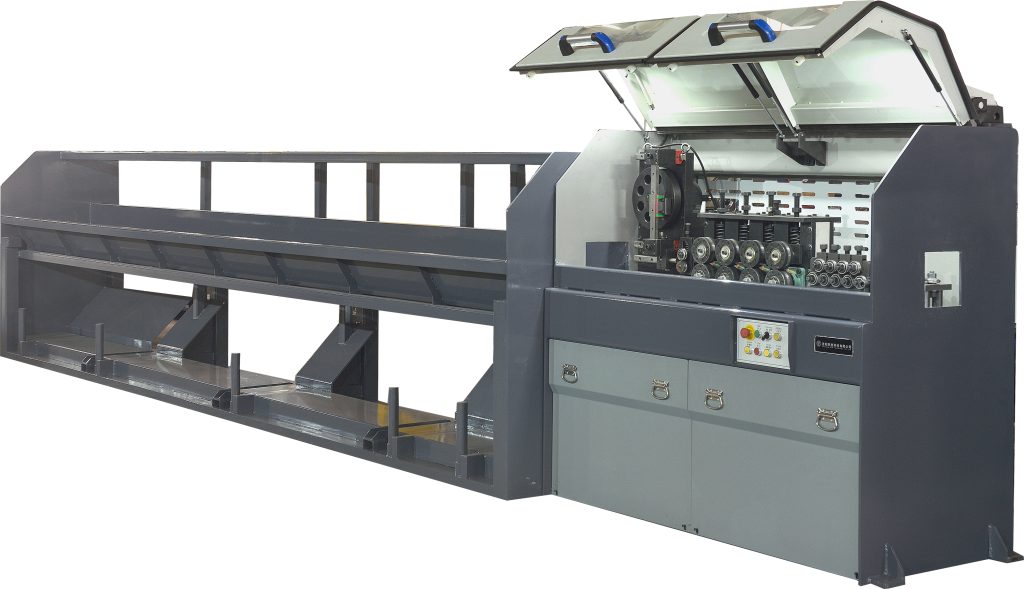 How to Choose the Right Wire Straightening Equipment
How to Choose the Right Wire Straightening Equipment
Wire straightening is a crucial process in various industries, including manufacturing, construction, and automotive. It involves the removal of bends, twists, and kinks from wire to ensure its smooth and uniform appearance. Choosing the right wire straightening equipment is essential to achieve high-quality results efficiently and effectively.
When selecting wire straightening equipment, there are several factors to consider. The first consideration is the type of wire you will be straightening. Different types of wire require different straightening techniques and equipment. For example, thin, delicate wires may require a gentler straightening process compared to thicker, sturdier wires.
Another important factor to consider is the volume of wire you will be straightening. If you have a high volume of wire to straighten, you will need a machine that can handle the workload efficiently. On the other hand, if you have a lower volume of wire, a manual or semi-automatic machine may be more suitable.
The accuracy of the wire straightening equipment is also crucial. Precision is key when straightening wire, as even small deviations can affect the quality of the end product. Look for equipment that offers precise control over the straightening process, such as adjustable roller settings and digital displays.
Ease of use is another important factor to consider when choosing wire straightening equipment. The machine should be user-friendly and easy to operate, with clear instructions and controls. Consider the maintenance requirements of the equipment as well, as regular maintenance is essential to ensure the machine operates smoothly and efficiently.
Cost is also a significant consideration when choosing wire straightening equipment. While it may be tempting to opt for the cheapest option, it is important to consider the long-term costs of ownership. Look for equipment that offers a good balance of quality and affordability, with a solid warranty and reliable customer support.
When researching wire straightening equipment, be sure to read reviews and testimonials from other users. This can provide valuable insights into the performance and reliability of the equipment, helping you make an informed decision. Additionally, consider reaching out to manufacturers or suppliers for more information and guidance on choosing the right equipment for your specific needs.
In conclusion, choosing the right wire straightening equipment is essential for achieving high-quality results in various industries. Consider factors such as the type of wire, volume of wire, accuracy, ease of use, cost, and user reviews when making your decision. By taking the time to research and evaluate your options, you can find the perfect wire straightening equipment to meet your needs and exceed your expectations.

